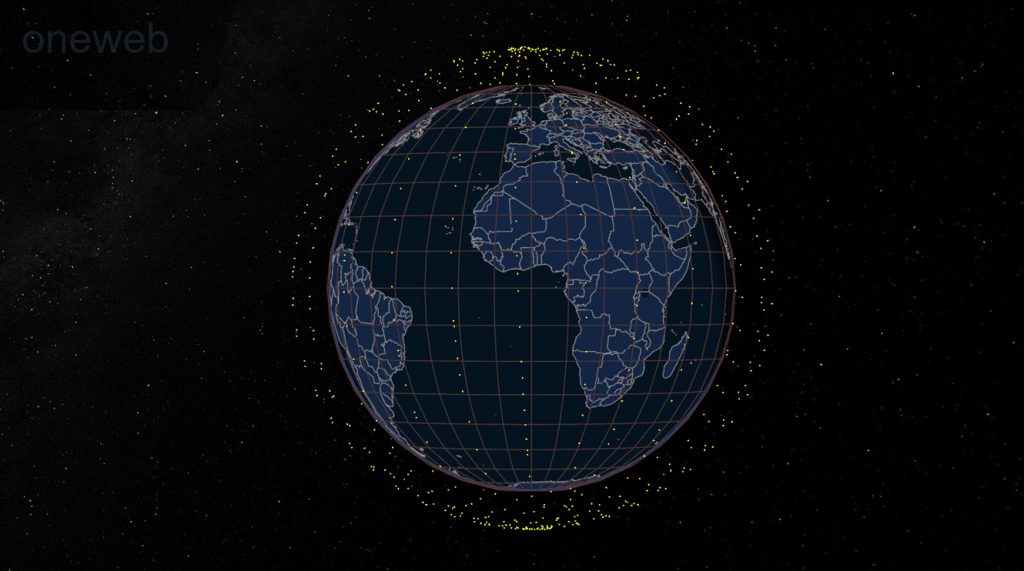For years, Starlink dominated every maritime connectivity discussion — and with good reason. It transformed what was once a luxury into an expectation: high-speed, low-latency internet anywhere at sea.
But revolutions rarely stay one-sided for long.
A new phase is emerging — quieter, more strategic — where multiple Low Earth Orbit (LEO) constellations, 5G integration, and intelligent fallback systems are reshaping what we mean by “always connected.”
When One Network Isn’t Enough
Even the best systems can go dark.
Earlier this year, a temporary Starlink blackout reminded the entire maritime industry that no network — however advanced — is immune to disruption. Whether caused by congestion, solar activity, or ground-segment maintenance, the lesson was clear: depending on a single connectivity source is a calculated risk.
Modern fleets operate on data. From ECDIS synchronization and remote diagnostics to crew communications and cybersecurity updates, every function depends on uptime.
When connectivity stops, operations slow — and costs rise.
That’s why forward-looking operators are now moving toward multi-LEO architectures, combining Starlink, OneWeb, 5G, and standby channels such as Certus or FleetBroadband, which remain inactive until required.
This approach ensures that when one link falters, another automatically steps in — not as backup, but as part of a continuously adaptive network.
At MarPoint, we’ve already taken this step.
We’ve integrated OneWeb into our connectivity portfolio alongside Starlink, VSAT, and 5G, and have installed and activated the first OneWeb antennas onboard vessels. These installations are now undergoing live testing, allowing our engineers to monitor real-world handovers, latency, and bandwidth distribution under operational conditions.
By observing how each network behaves in motion and under varying loads, we can optimize switching logic and routing policies — ensuring that every vessel remains online, no matter what happens above the clouds.

Inside the Orbit: What Makes OneWeb Different
Beyond its name and marketing, OneWeb’s orbital architecture tells a story of engineering built for stability.
Its first-generation constellation consists of 654 satellites orbiting at 1,200 km altitude, arranged in 12 near-polar planes inclined at roughly 87°. Each satellite completes about 13 orbits per day at a speed of 27,000 km/h, ensuring constant global coverage — including polar and high-latitude regions often underserved by other LEO networks.
The network follows a Walker-Star configuration, evenly distributing satellites across 180° of the globe. This pattern guarantees continuous overlap and redundancy — a key design choice for maritime and aviation users.
Each satellite maintains a minimum elevation angle of 55° to the user terminal, ensuring vessels at sea are consistently within line of sight of at least one active satellite. The result is seamless handover between satellites as they pass overhead — crucial for moving vessels operating near the edges of coverage zones.
Each satellite maintains a minimum elevation angle of 55° to the user terminal, ensuring vessels at sea are consistently within line of sight of at least one active satellite. The result is seamless handover between satellites as they pass overhead — crucial for moving vessels operating near the edges of coverage zones.
Operationally, OneWeb satellites use a bent-pipe architecture: Ka-band gateways link the satellites to the global internet, while Ku-band downlinks deliver service directly to user terminals. This setup provides predictable, low-latency performance, supported by a ground network of over 50 gateways worldwide, each managing multiple simultaneous connections.

A New Milestone: 5G over OneWeb
In early November 2025, the European Space Agency (ESA), together with Airbus Defence and Space and Eutelsat, announced a successful 5G New Radio (NR) handover over OneWeb satellites — a global first in non-terrestrial network integration. The demonstration showcased how Conditional Handover protocols can manage 5G signal transfers during the narrow time windows when LEO satellites are overhead.
For maritime IT leaders, this is more than a lab success story — it signals the coming of 5G-integrated LEO networks, where ships moving between ports and open seas will eventually maintain continuous broadband using both terrestrial and orbital layers.
Multi-Orbit, Multi-Path, One Goal
The future of maritime connectivity will not depend on a single provider or technology.
It will depend on how intelligently these technologies interact.
Starlink may deliver raw speed and throughput; OneWeb adds resilience, regulatory independence, and better high-latitude coverage; 5G offers ultra-low latency for near-shore and port operations; and legacy systems like FBB or Certus ensure that even in total blackout scenarios, communications can still function.
The orchestration of these links — handled automatically by multi-WAN routers, smart gateways, and software-defined policies — is what defines the new generation of maritime ICT infrastructure.
Final Thoughts:
Starlink may have started the LEO revolution. But OneWeb’s evolution — from orbital engineering to 5G collaboration — signals that the race is no longer about who connects the seas first, but who connects them smarter.
The multi-LEO era has begun — not with noise, but with quiet resilience. And that’s exactly how revolutions in connectivity should begin.

